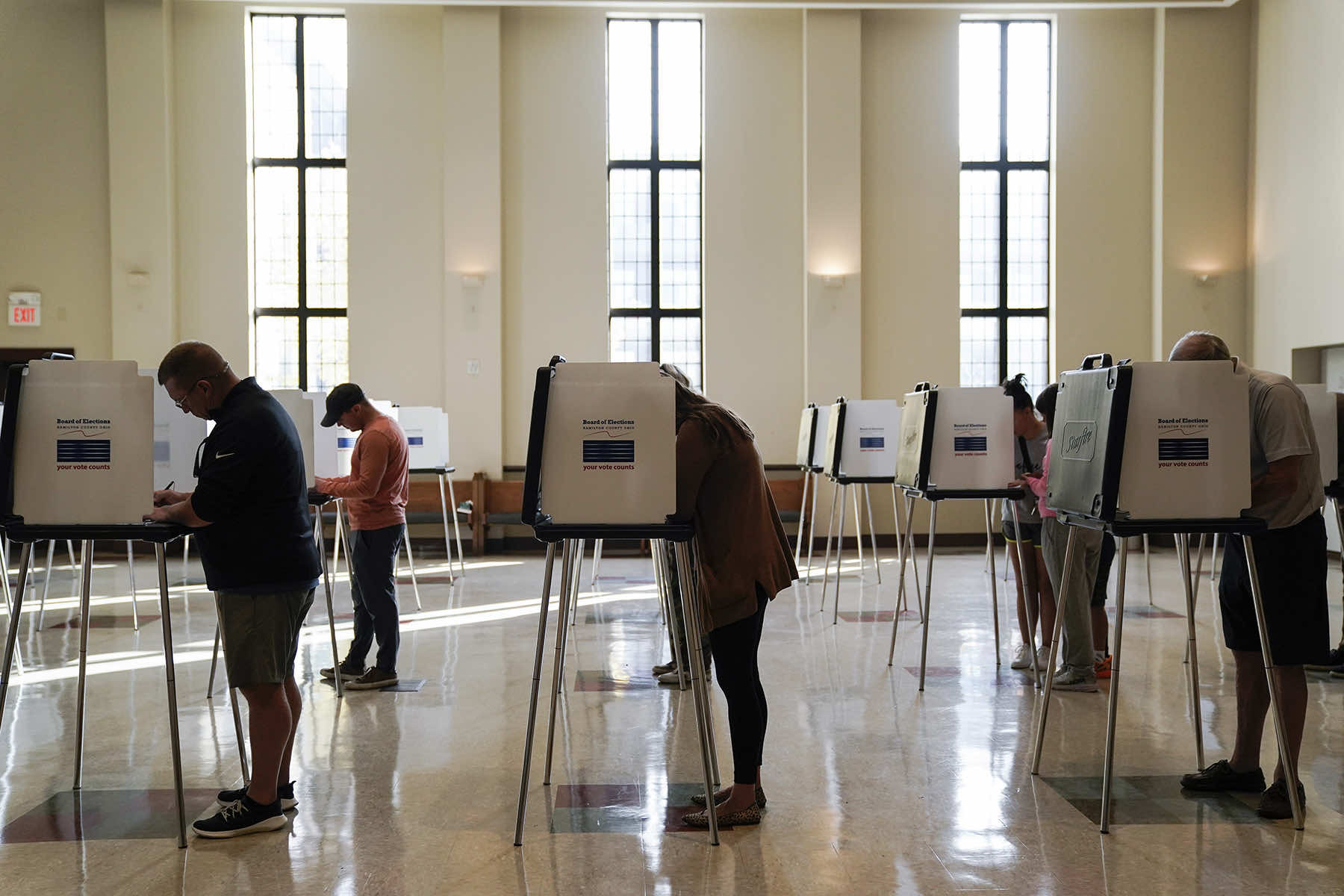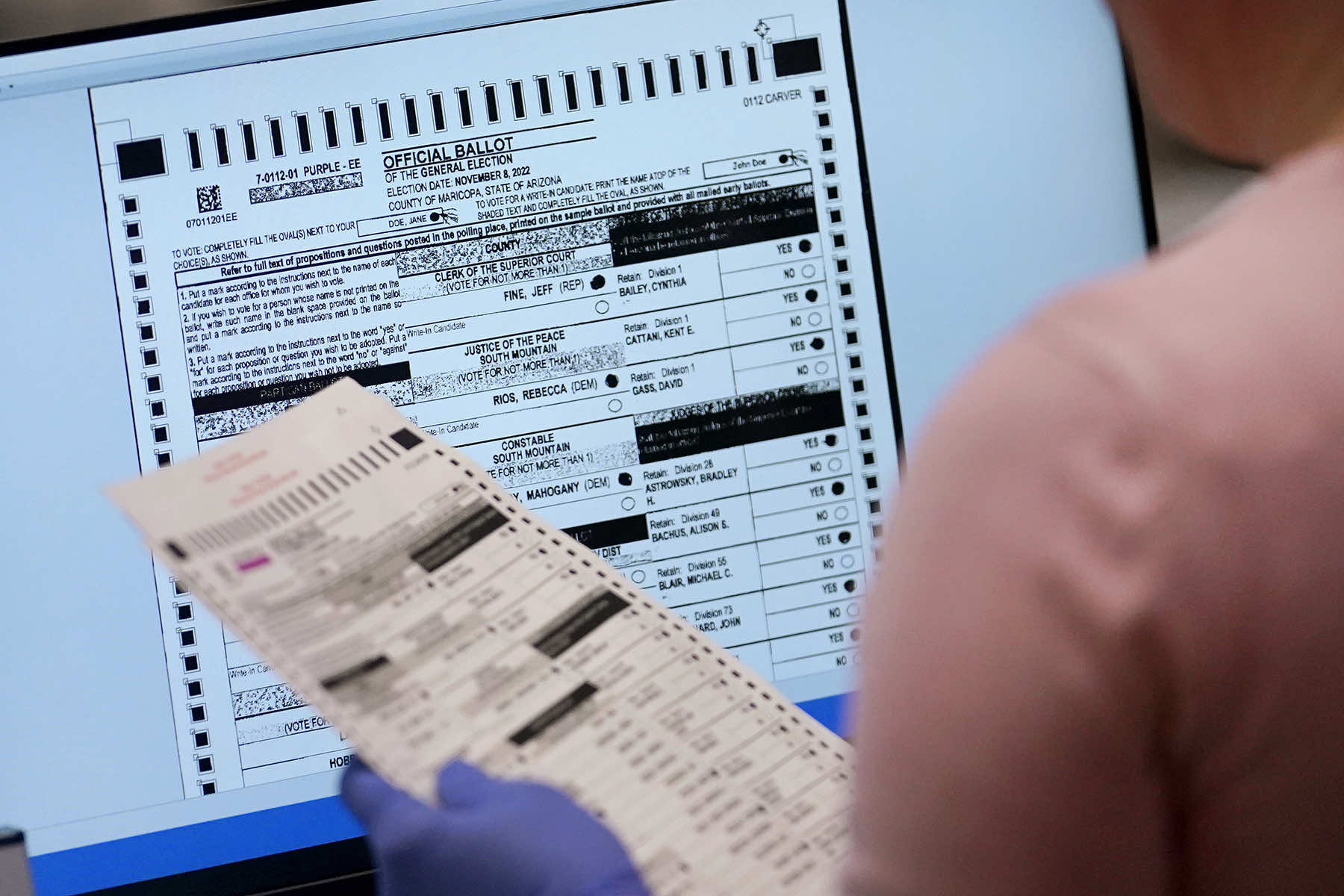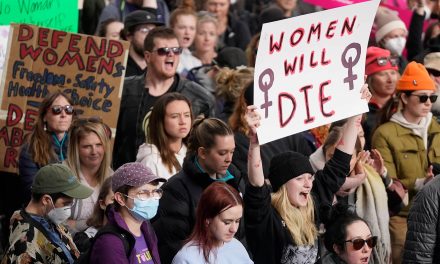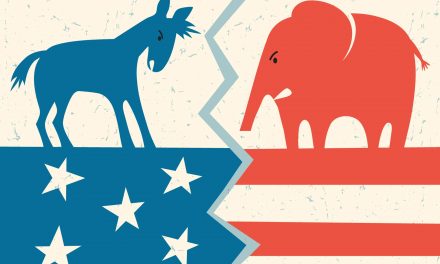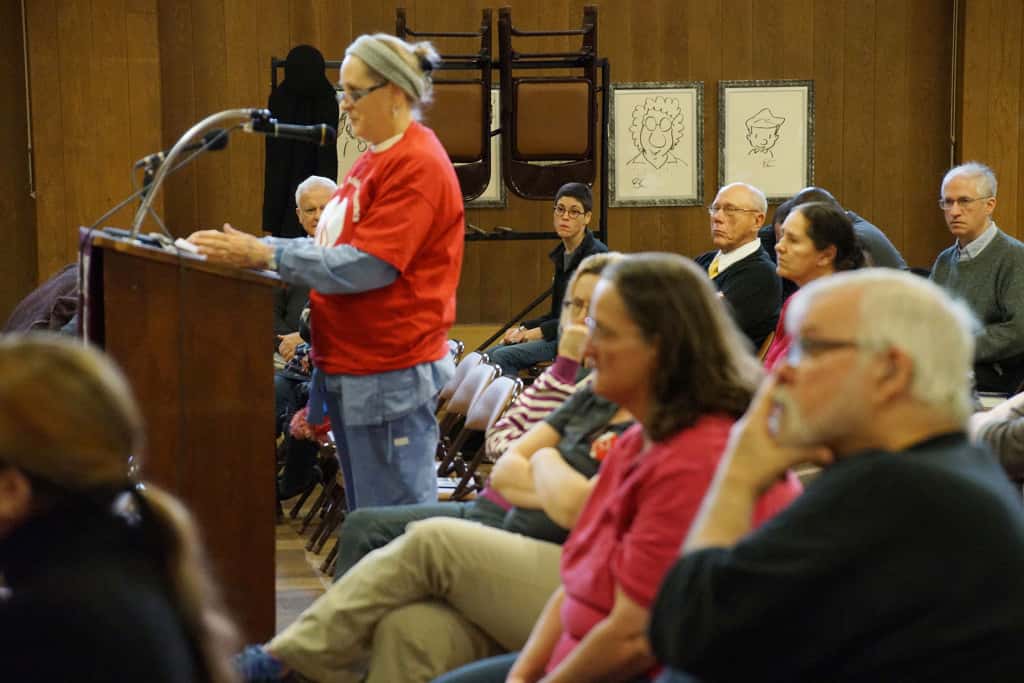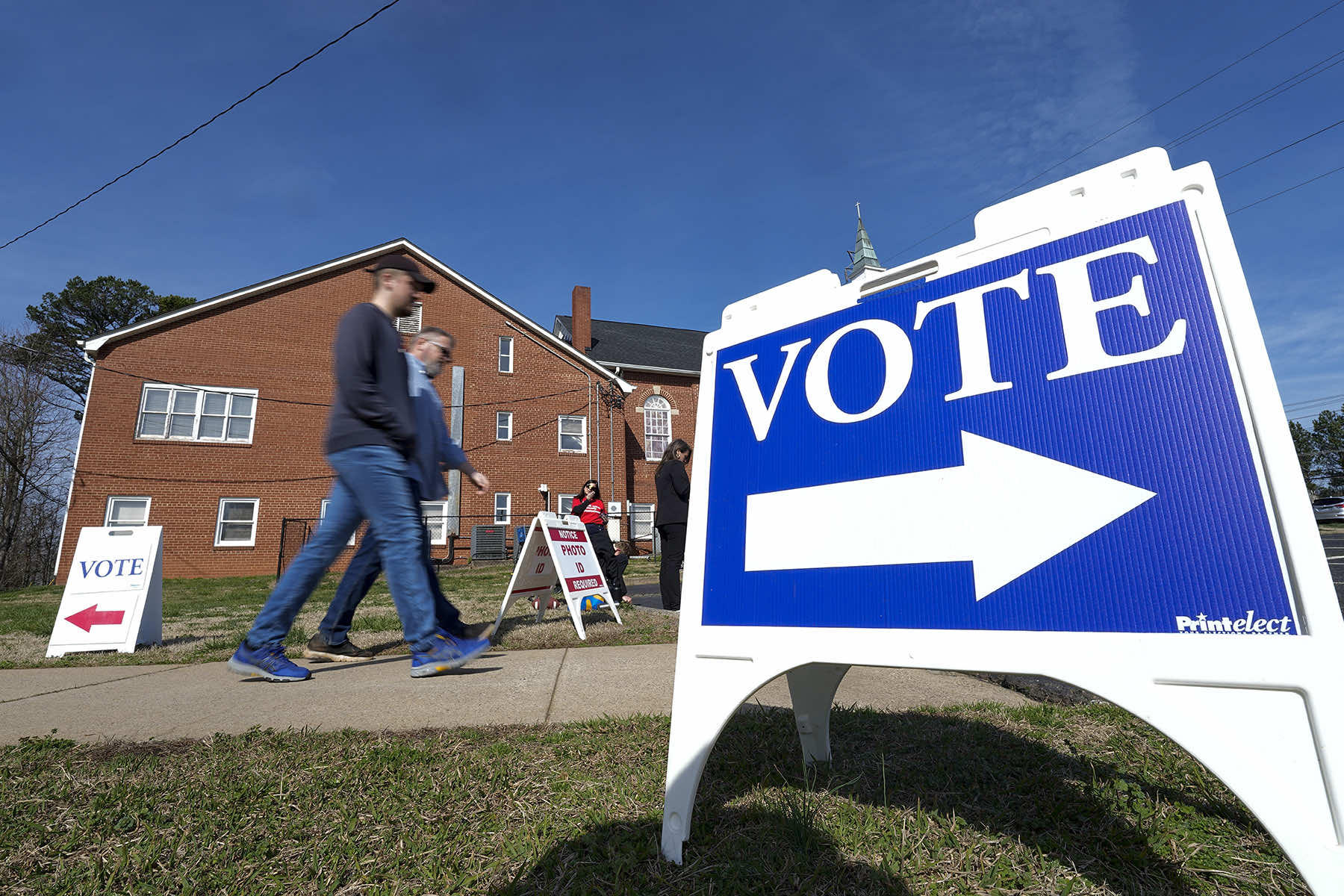
Over the past several years, media pundits have repeatedly documented Gen Z’s unique engagement with politics.
Nearly three-fourths of “Zoomers,” the generation born after 1996, are involved in a social or political cause. They are the age demographic with the highest likelihood of being politically motivated to participate in boycotts, and almost 75% of them believe that being “politically engaged is important to [their] identity.” However, where they lack political presence is at the polls.
If voting is considered to be a baseline criteria for being “politically engaged,” the percentage of Zoomers that fit the bill would drop from 75% to 28.4%, which is the percentage of voters aged 18 to 24 that voted in the 2022 midterms.
It is true that young people, historically, tend to have lower turnout in elections. It is why Hillary Clinton urged voters to “Pokémon-go to the polls” in 2016. But why is a generation described as the most politically and socially conscious not translating that fervor into votes?
Daijah Wilson, a 19-year-old college student from New Jersey who currently lives in Texas, says, “I primarily see people around my age advocating on social media and in person [because] we’re tired of just sitting on the sidelines. We just want to be involved because it seems like if we don’t talk about it or if we don’t call it out, then who’s willing to?” She adds, this is “because the older generation seems to have given up.”
Wilson also notes that Gen Z’s anxieties about the future play a large role in their political engagement. “A lot of the issues that are being talked about, voted about, and acted upon are going to affect us the most because we’re the upcoming generation.” She cites the specific ways in which her generation is impacted: “We’re coming into not being able to afford rent, not being able to buy homes, not being able to find jobs, competing for resources, and facing environmental problems.”
Wilson speculates that Zoomers are pessimistic about their voting choices. “It doesn’t matter if the leadership is Republican or Democrat; we have been facing the same issues time and time again. Nothing’s really changing. I think our generation is cynical about voting but not about social issues.” In other words, she believes that “we can have a better world, but it just feels like my vote doesn’t matter. The candidates don’t care about us.”
Her words echo Michelle Cottle’s recent analysis in The New York Times that Gen Z is more motivated by issues and values than by candidates or parties. Peter de Guzman, a researcher at Tufts University’s Center for Information and Research on Civic Learning and Engagement (CIRCLE), speaking more broadly about people aged 18 to 24, says, “Young people are more likely than older people to not affiliate themselves with a political party, and there has been a plurality [of independents among] young people recently.”
Those youth who do identify with a political party are significantly more likely to identify with Democrats, but that may be changing as Zoomers’ dissatisfaction with Biden and Democrats grows. Young people think Democrats are not doing enough when it comes to climate change, the violence of policing, and Palestinian oppression.
Zoomers’ connection with political issues and disconnection with voting might also have to do with the fact that they get most of their political information from the internet, particularly social media. De Guzman explains that “we’ve seen throughout the surveys we’ve conducted that young people are really interested in a variety of issues … and [are] using social media to talk about these issues with each other.” This is consistent with Wilson’s personal experience. She says, “Social media is where I get a lot of information; once it’s on my social media, it’s on my radar.”
The problem is that social media is not as good at disseminating logistical information about how to vote in one’s county as it is at increasing political polarization and playing on people’s emotions—by algorithmic design.
The result: Gen Z is well informed about social and political issues but is lost on the basics of voting. “There’s a lot of advocacy work going on social media [because] a lot of Gen Z is focused on more emotionally targeted political issues, and then the specifics kind of get lost. Like, how to enact change for the things that they believe in,” says Wilson.
De Guzman adds, “When we ask people why they did not register or why they did not vote, they often cite information or access barriers.” To combat the lack of access to information, de Guzman points out that “increasingly, we see young people use social media [for information]. It’s really about meeting people where they are.” Further, he believes that election administrators “could be doing a better job of social media messaging to get that information out.”
What exacerbates confusion about the logistics of voting is that young people frequently move out of their home state or county for college. Wilson points out that the differences in switching voter registrations can create an additional barrier for young people who want to vote.
“I think having a universal or standard [system for registering to vote] would be a lot easier, because a lot of people don’t even think about voting until it’s getting close to voting time because they simply don’t have the time.” She adds that “restricting the registration period to weeks before the actual vote is also a problem.” Nearly half of all states do allow same-day voter registration, but many young people may not be aware of this.
Making voting easier directly fuels youth voter turnout. De Guzman explains that “states that have facilitative election laws—such as pre-registration, automatic voter registration, and online voter registration—have higher rates of youth participation.” Inversely, it is disproportionally harder for younger people to vote in states that have more restrictive voting laws.
For example, 19-year-old Patricia, who lives in Texas, the fifth hardest state to vote in, was not able to cast a ballot in a recent election despite registering in Harris County. She assumed that she did not have the right identification to vote in person.
“I did register to vote,” she says. After she obtained the appropriate documents from volunteers, Patricia says, “I was able to fill out a short little form that had all my information, and I got my receipt. Then, I was looking on the website [for instructions] on how to go vote, and I thought I needed some sort of identification, like a Texas driver’s license, a Texas ID, or a passport. I said, ‘OK, I don’t have a Texas ID because I’m from Florida, and I don’t have a birth certificate or my passport with me.’ I just figured I’m probably ineligible,” she says.
She realized only after the election that she could have filled out a Reasonable Impediment Form that would have allowed her to vote. “They’re trying to make it as hard as they can for people like college students to vote,” she adds. A recent law passed in Kentucky barring college students from using student IDs to vote is poised to create a similarly confusing experience for youth in that state.
De Guzman says, more broadly, “Young people have less access sometimes to IDs. They might not have a driver’s license, so a college ID might be their best form of identification. If they can’t use that to vote, that’s another barrier they’re facing that may dissuade them from participating.”
As November approaches, there’s been increased scrutiny on what Gen Z’s voting tendencies might mean for the 2024 election and how to get the 41 million eligible youth voters to the polls. This is especially challenging as some Zoomers say they plan to skip voting this election because they don’t see either party working to end Israel’s genocide. Overall fewer young voters are expected to turn out in November 2024 than in 2020.
Rebuilding the link between caring about politics and actually voting will require various solutions. As de Guzman points out, “There are so many factors that impact participation.”
Two of the more straightforward solutions are reducing barriers to voting and leveraging social media to better inform youth about elections, voter registration, and other logistics. Reiterating the importance of facilitative voting practices, de Guzman adds, “We have seen that if you control for factors like education and income, voter registration was higher among young people in states that had automatic voter registration.” And since “a lot of young people don’t have information on elections, social media can be a way for them to get that information.”
Combating young voters’ cynicism with candidates, especially their current dissatisfaction with Democrats, is trickier. When asked about the number of youth voting uncommitted in primaries and expressing fatigue with the Democratic Party, de Guzman doesn’t have an answer but hopes to learn more after the election. “Our upcoming survey will be a post-election survey. It would be interesting to see how young people ended up voting, and if more voted third party.”
For now, it is clear that Israel’s assault on Gaza, and President Biden’s unconditional support via arms sales and the decades-long oppression of Palestine more broadly, is an important issue for youth. “With the genocide going on right now, I see a lot of my peers involved, and I see people around my age attending rallies and events and boycotting. I boycott as well and try to allocate my funds to places that better represent my values,” Wilson points out.
The mass student movement on college campuses across the nation in the form of protest encampments suggests that Gaza will remain a crucial political issue come November. Andrew de las Alas, a junior at Washington University in St. Louis, participated in the encampment there and was among the 100 students recently arrested.
De las Alas says that while he is still processing his arrest and suspension, “What stands out to me is that our current president has both the political authority and the diplomatic capital to push for an end to the genocide, but he hasn’t. Instead, billions of dollars were promised to Israel. I know that I won’t be voting for Biden again.”
De las Alas says he is considering voting for the Green Party presidential candidate, Dr. Jill Stein, who was also arrested while protesting at Washington University’s encampment. “I am going to be looking more at the Green Party and other parties and really weighing my options. I think it’s important to reconsider all of our options every election, but with this one, we know that millions of lives are on the line,” he states.
But the dissatisfaction of young voters and their disconnect from both major parties’ presumed nominees for 2024 is not just about Gaza. “Gen Z is tired of the BS; we are tired of being told to go vote without tools to go vote, and then the candidate that we elect—for example, Joe Biden—does not do the things that they said they were going to do,” explains Wilson.
She adds, “We’re tired of people being in office who don’t look like us or care about what we care about.” But she, like other young people, is optimistic about the future and the causes she cares about. “I think politics is definitely going to change in the future with this generation. We just need more tools about how to actually enact that change.”
LaJward Zahra
Andrew Harnik (AP), Chris Carlson (AP), Matt York (AP), and Joshua A. Bickel (AP)
Originally published by YES! Magazine as Gen Z’s Political Paradox

